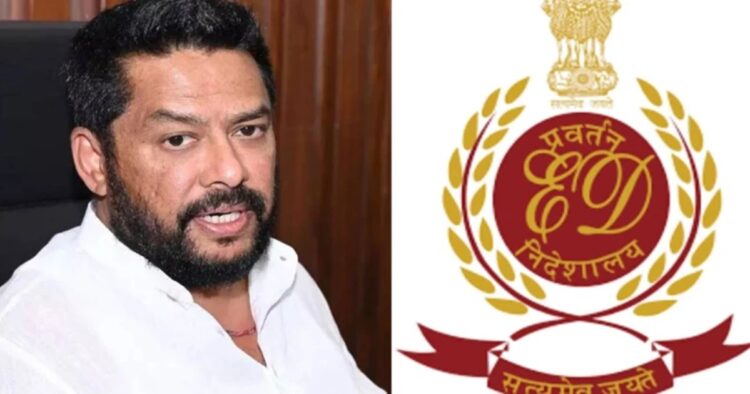The Valmiki Corporation Scam has rocked Karnataka politics again as the Directorate of Enforcement (ED) submitted its investigation report to the Special Court for People’s Representatives in Bengaluru. This scandal, involving misappropriation of government funds by the Karnataka Maharishi Valmiki Development Corporation, has drawn significant attention, with former minister B. Nagendra being identified as the central figure behind the fraudulent activities.
The Valmiki Corporation Scam initially surfaced when irregularities in fund transfers and utilization were detected in the Valmiki Development Corporation, an organisation aimed at supporting the marginalized Valmiki community in Karnataka. According to the ED, the scam involved the illicit transfer of significant funds from the Valmiki Development Corporation, allegedly misused for political and personal gain.
The ED’s investigation has shed light on how Rs 187 crore was funneled away from the corporation, of which Rs. 97.32 crores were directly embezzled. Additionally, Rs 12 crore was allegedly diverted for electoral campaigning in the Bellary constituency during the 2024 Lok Sabha elections.
The ED recently shared details of its investigation through a statement on its official social media X account X (formerly known as Twitter). The investigation report, submitted to the Special Court for People’s Representatives, explicitly names B. Nagendra as the key orchestrator of the scam, making him the prime accused.
The report also points to the involvement of 24 other individuals in the scandal, including Nagendra’s close associates such as Satyanarayana Verma, JG Padmanabha, Nageshwar Rao, Nekenti Nagaraj, and Vijay Kumar Gowda.
The ED highlighted that the misappropriated funds were transferred to a Union Bank of India branch on MG Road without proper permissions. Several bank officials are also suspected of facilitating these illegal transfers, contributing to the scam’s execution.
The ED’s investigation revealed that this money was primarily used to fund election campaigns and cover Nagendra’s expenses. During the investigation, the ED seized the mobile phone of one of Nagendra’s associates, Vijay Kumar, which provided critical evidence of the illegal financial transactions. Data retrieved from the phone detailed the movement of funds and communication between Nagendra and his associates, further solidifying his role as the mastermind behind the fraud.
This case has been under parallel investigations by both the ED and the Special Investigation Team (SIT) formed by the state government. While the SIT submitted a charge sheet in August 2024, it refrained from naming Nagendra as the mastermind, focusing instead on the roles of various officials involved in the scam.
However, the ED’s chargesheet, submitted to the 82nd People’s Representative Special Court, paints a different picture. It identifies Nagendra as the central figure behind the embezzlement and details how he orchestrated the financial manipulation, suggesting a significant divergence in the two investigations findings.
The SIT’s report largely centred on the involvement of bureaucratic and administrative officials, highlighting their role in approving and processing fraudulent payments. By contrast, the ED’s report expands the scope of accountability to include Nagendra’s political and personal interests and the involvement of his key aides.

















Comments